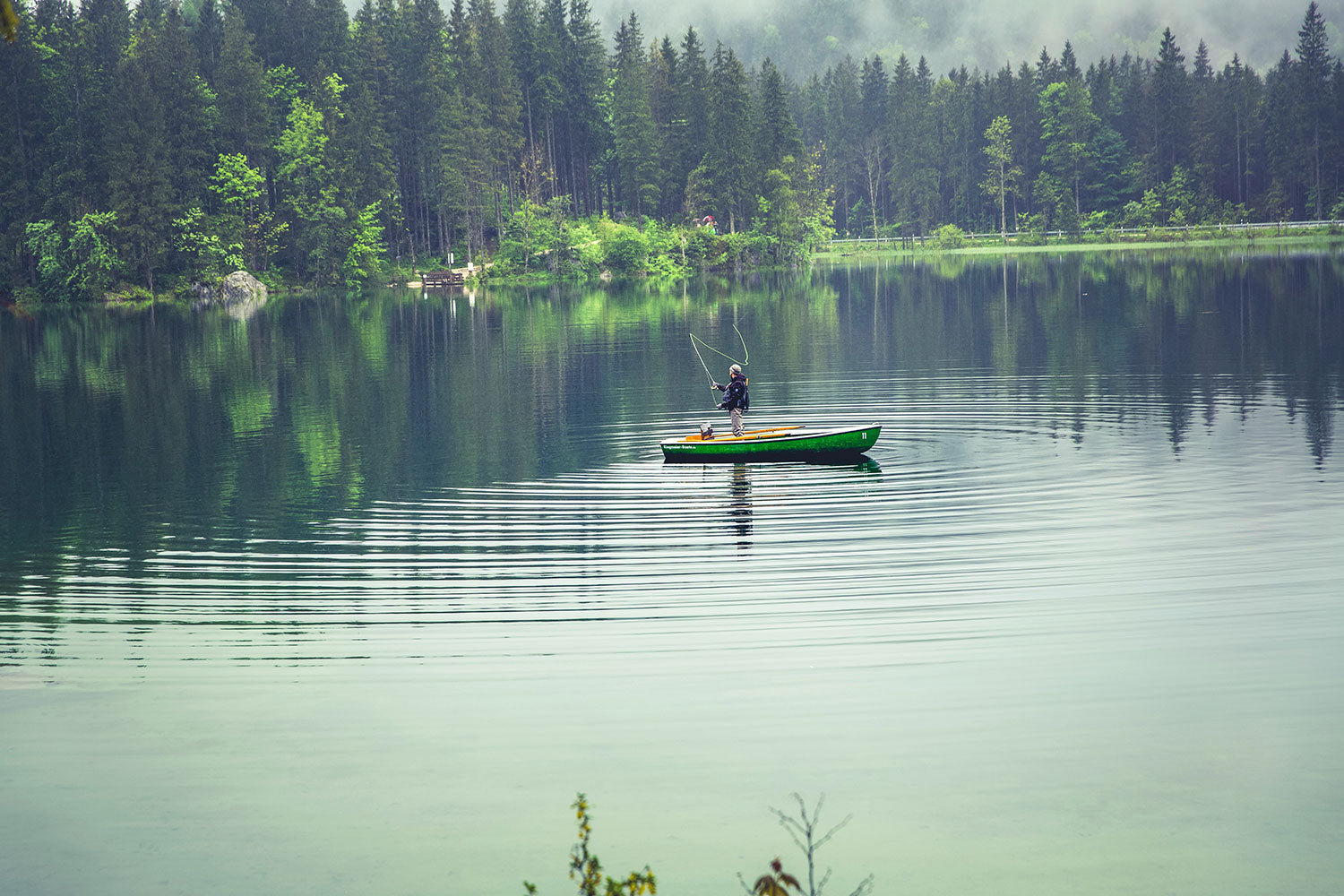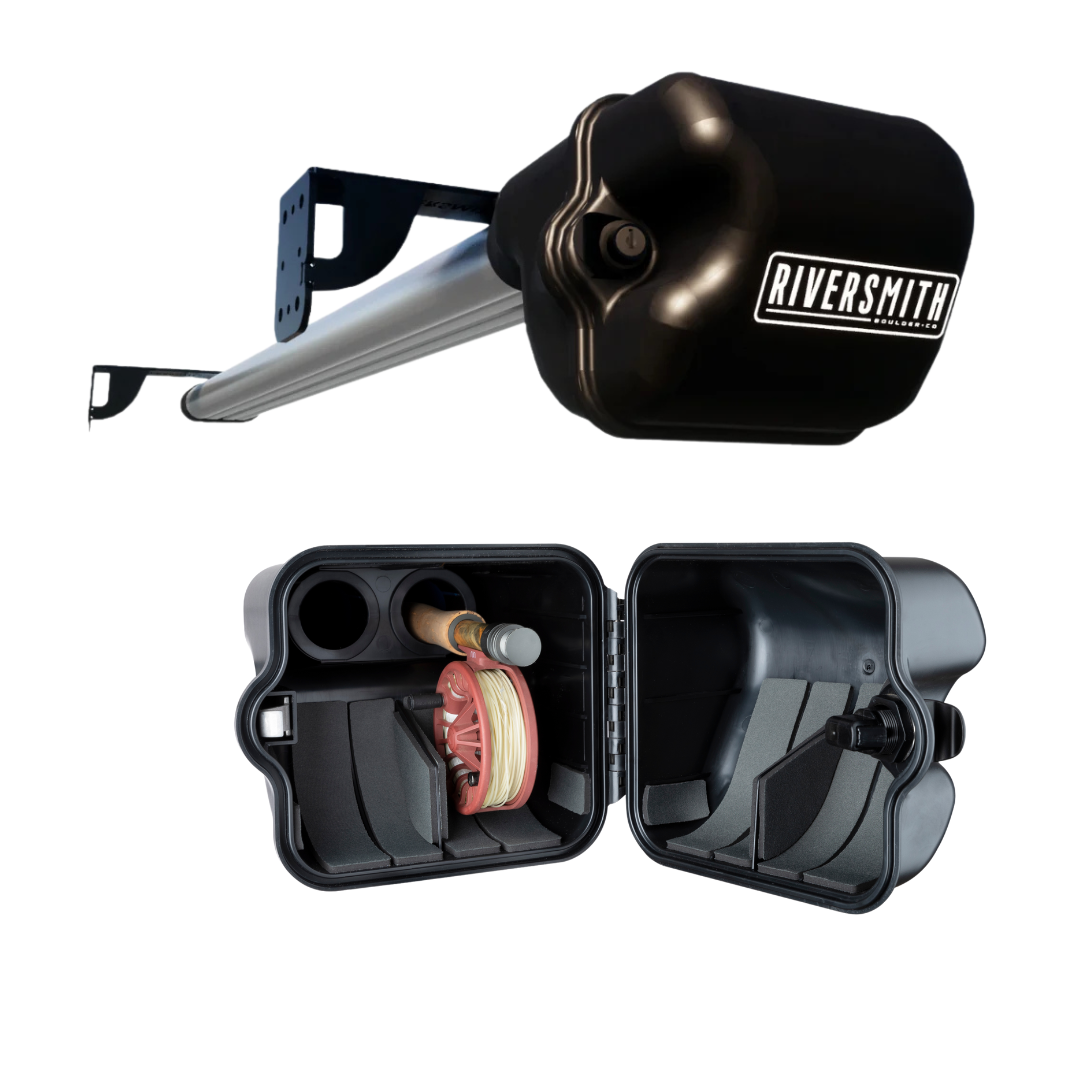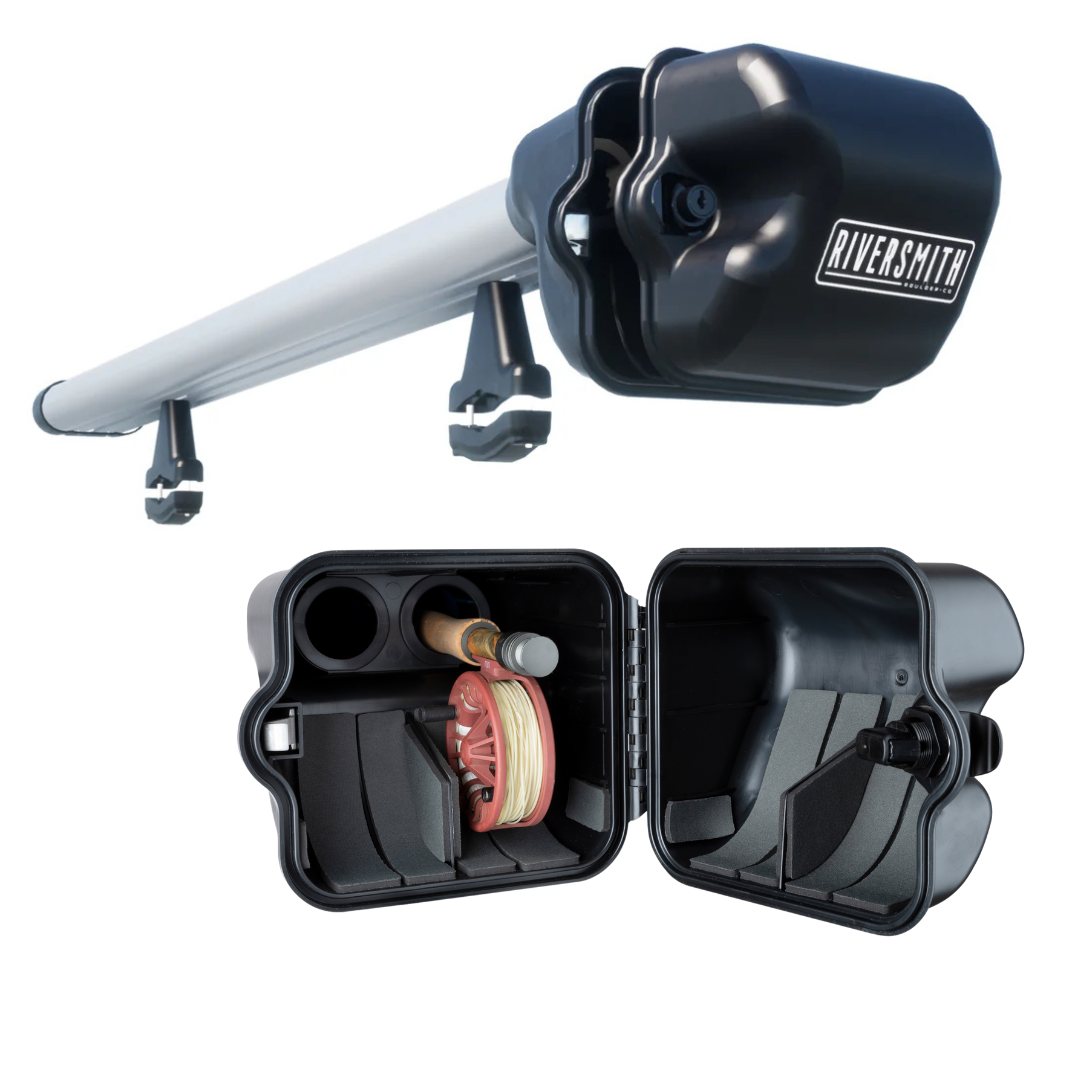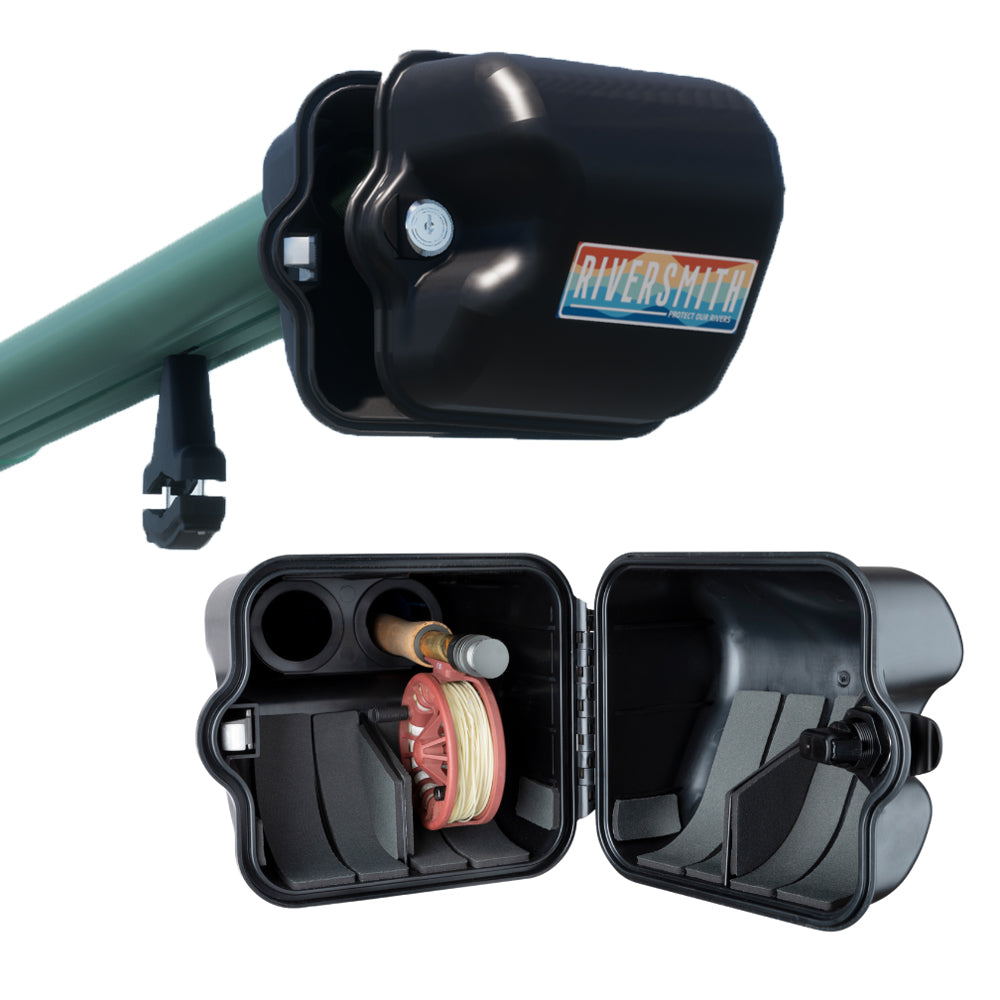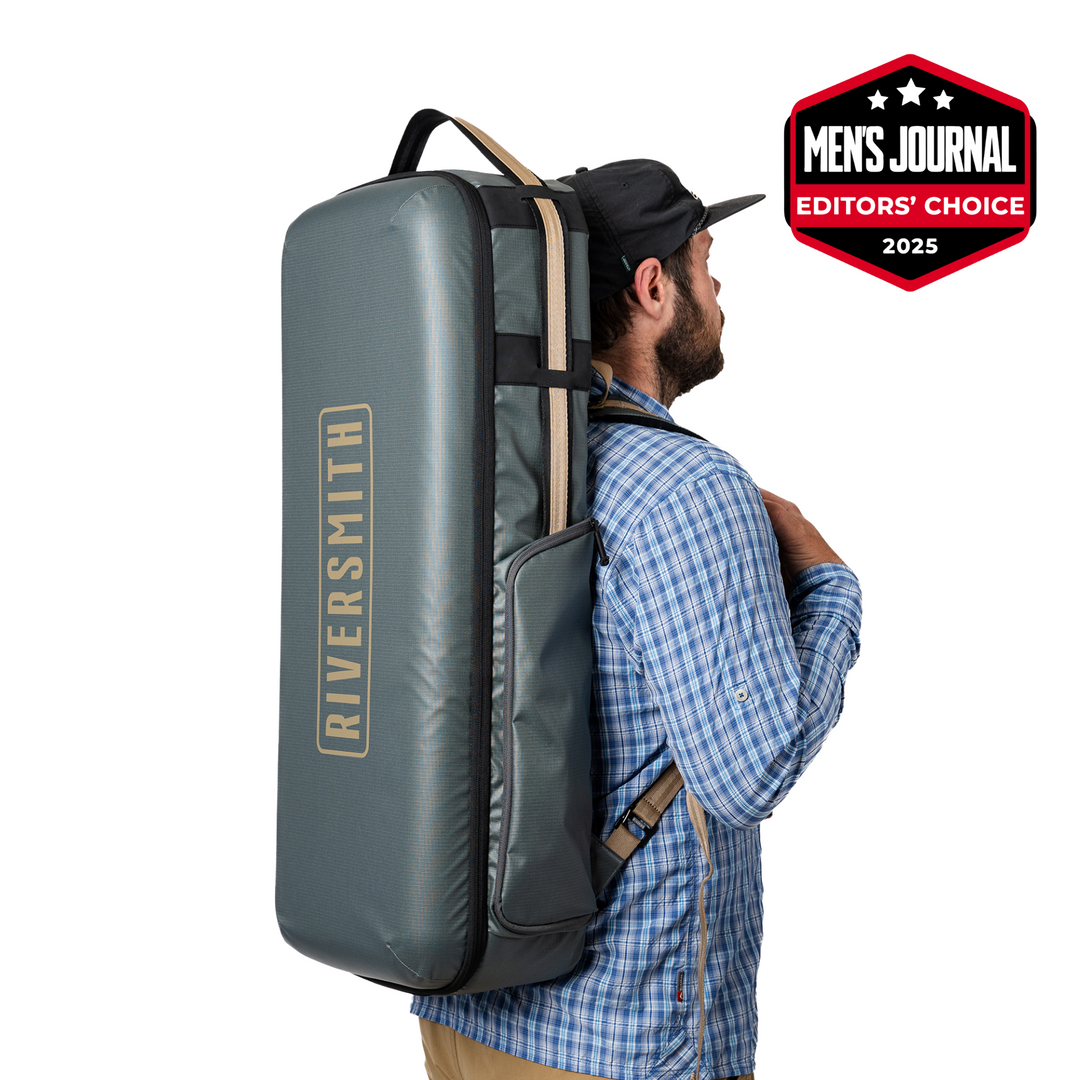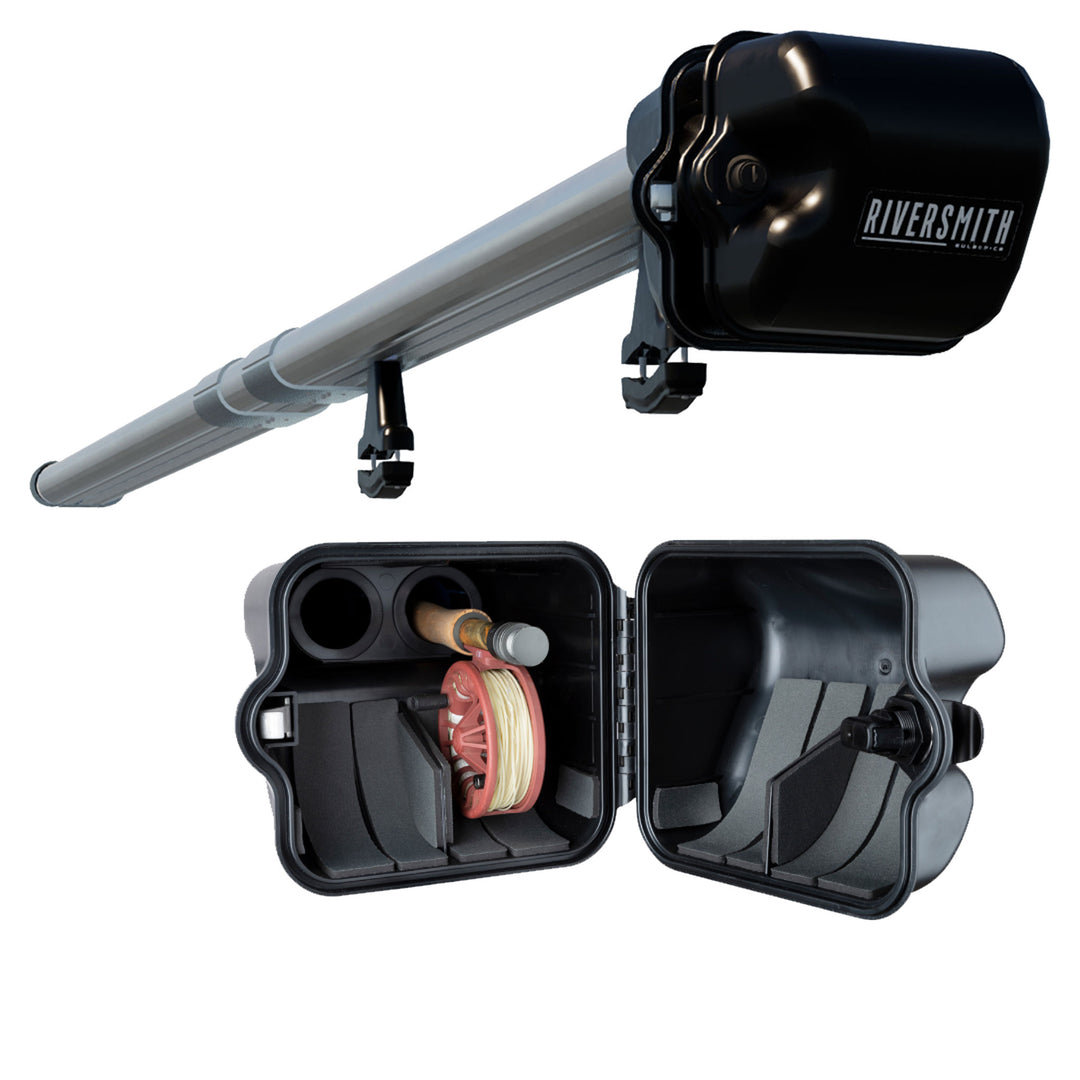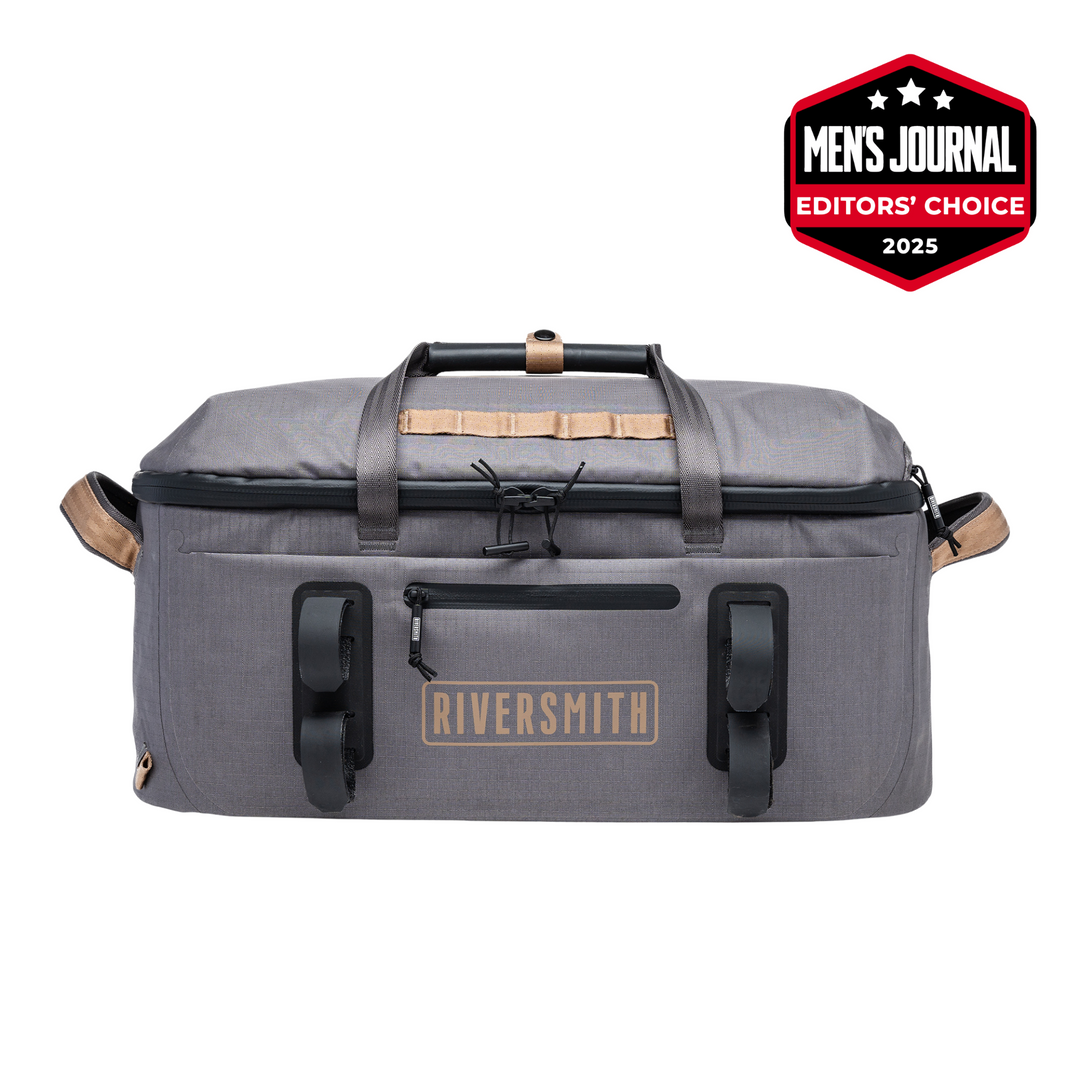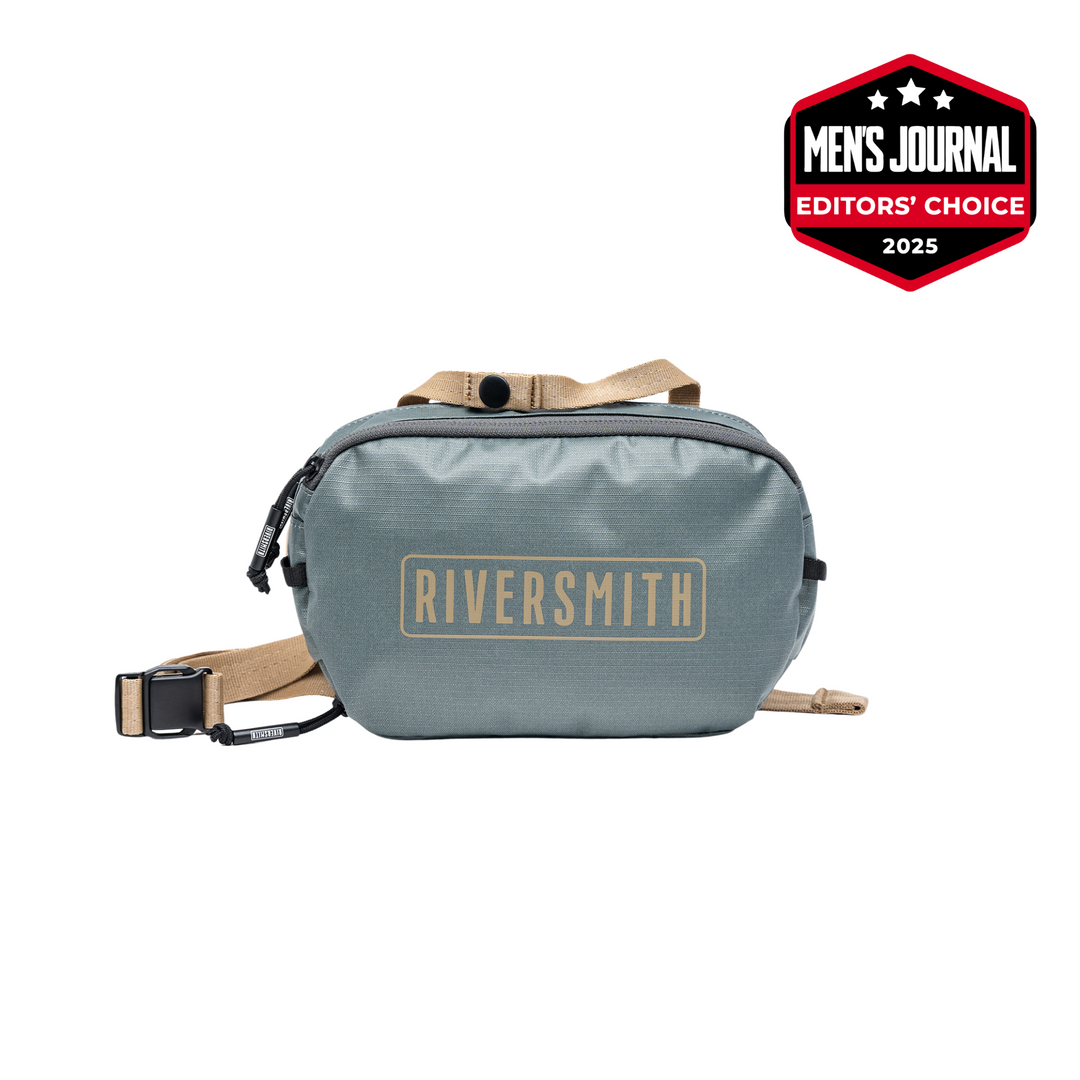If you ask an angler to describe the best fly fishing conditions imaginable, Colorado landscapes would check off all the boxes. With several thousand collective miles of streams, rivers, and lakes, the state annually provides 350,000 fly fishermen with the best of the best. For those with a line they’re itching to cast, trouts of the cutthroat, rainbow, brown, and brook varieties can be found all throughout the Centennial State’s cool, pristine waters. We’re here to provide a little help finding the fly fishing Colorado hot spots so you can spend less time figuring out where to start and more time earning bites in the water.
Know Your Colorado Trout Species When Fly Fishing in Colorado
Cutthroat Trout

Due to its dynamic and vast environment, Colorado’s habitat is suitable for all types of trout. Sporting two signature strokes of red along their lower jaw, cutthroat trout can be spotted near any headwaters where the conditions are cool and clear. Habitat typical to Colorado trout species is common throughout Colorado so long as there are deep pools, boulders, and banks with undercut nearby. Most average between 12 to 16 inches in length, but some can grow to double this size. For some great cutthroat fly fishing, the Charlie Meyers State Wildlife Area near Hartsel is a must stop.
Rainbow Trout

Brown Trout

For fly fishing Colorado, and fisherman seeking lower ground and warmer water such as Grand Junction, Fort Collins, or the Colorado/Utah state line, brown trout will be your target of choice. To know if you’re fishing browns, look for the obvious - their brown color. Also ensure their fins are not forked and they have very few dark spots, if any. The Colorado trout species is a state staple.
Brook Trout

Where there is pristine, gravel-bottom water, there are brook trout. One look at their rust-colored fins with white edges and you’ll know you’ve caught a brook. They’re also known for their dark olive-green backs and reddish-orange specks. A stop in Rocky Mountain National Park or out west in waters around Buena Vista is perfect for those seeking brook trout, another staple Colorado trout species.
Colorado Fly Fishing Rivers
Animas River

The Animas River in the southwest part of the state is not only known for its gold medal fishing, but is one of the only true freestone rivers in Colorado. This means the stream rises and falls seasonally, without upstream management. Rainbow and brown trouts are most commonly found in the Animas, and sulpin-imitating streamers catch the real big ones. So big, in the 1950’s a 20-pound brown trout was caught which set the state record for quite some time.
Fryingpan River

Any bonafide angler has heard of the Fryingpan River located in the area of Basalt, Colorado. Just at the entrance of the popular camping and fishing site, Ruedi Reservoir, also known for some of the best trout fishing in the country, this gem of a spot tends to draw some crowds. If you’re looking for a little more distance from fellow fly fishermen and reservoirs visitors, heading further downstream will take you to plenty of trout rising to the hatch. With 14 miles of stream and deep pools residing throughout, an abundance of trout won’t hesitate to spring up to the surface for a blue-winged olive dry fly.
Gore Creek

Near Vail, Colorado, the gold medal stream of Gore Creek is more of a mountain creek than a large trout stream. That said, cutthroat, rainbow, brown, and brook trout can be hooked using dry flies. Just below Lionshead where the Gore meets Eagle River is the most productive spot in the entire area. The views don’t hurt either, expansive mountain ranges that surround the Vail and Gore Creek area are worth the trip on their own. The best way to approach this small creek is a dry dropper, hitting spots in front or behind boulders and rocks.
Steamboat Lake

The Yampa River tailwater flowing all the way to and through the ski town of Steamboat Springs is host to some hefty rainbow and brown trout. One of three lakes in Colorado with a gold medal reputation, the dam is known to be packed with larger trout without the crowds of people. An array of smaller streams fill the lake so there are plenty of channels and bays to explore. The months of September and October are some of the best in the season to catch some large rainbows. With a mission to fatten themselves up for the winter, it’s not uncommon to catch 10lb rainbows here!
Lathrop State Park

In the southwest region of the state there are 1,594 acres that make up Lathrop State Park. Home to two warm water lakes; Martin and Horseshoe, Lathrop is Colorado’s first state park. Surrounded by the beautiful Spanish Peaks, both Martin and Horseshoe contain a good deal of trout. Horseshoe Lake, however, is known best for it’s larger tiger mushies. Visit during the weekday and chances are high that you will have most of the park to yourself.
Best Fly Fishing Near Denver
If you live in the city or won’t be traveling far from Denver, there are hundreds of miles of fly fishing near Denver within two hours of downtown. The Upper South Platte river will be the closest, cutting through Cheesman and Waterton canyons before draining into Denver. To get out of the city and fish fish near Denver for trout with minimal commute time, Clear Creek along Interstate 70’s water descends from the rugged Rocky Mountains and gets little pressure from anglers or guide operations. Just south of I-70 flowing from Evergreen Lake to Morrison is Bear Creek. With public parks all along Bear Creek, it’s easy to fish by wet wading or with waders. The fish tend to be a little smaller but higher in quantity per mile. If you’re able to push even a little further west for fly fishing near Denver, it will be worth the trip to visit Blue River. Running north from the Dillon Dam in Silverthorne down to Kremmling, this gold medal water section’s headwaters begin at Quandary Peak, the highest point in Colorado’s Ten Mile Range. It’s about 66 miles from Denver on I-70, but the mountain backdrops and large trout make it the perfect same-day fly fishing near Denver spot for folks and visitors alike.
Enjoy Fly Fishing Colorado Wild
“Trout don’t live in ugly places” is a common saying in the fly fishing world, so it’s easy to understand why Colorado’s one of the best places in the country for catching all varieties of trout. But while the trout are in abundance all throughout the state, fly fishing takes practice, skill, and plenty of patience. Fly Fishing Colorado provides diverse terrain and varying water conditions. All of the location’s mentioned are great for the beginner fly-fisherman up to the avid and technically adept. The landscape contributes even more to the experience that every fisherman is after; beautiful, serene, crisp air and bathed in the pleasant warmth of the Colorado sun.


